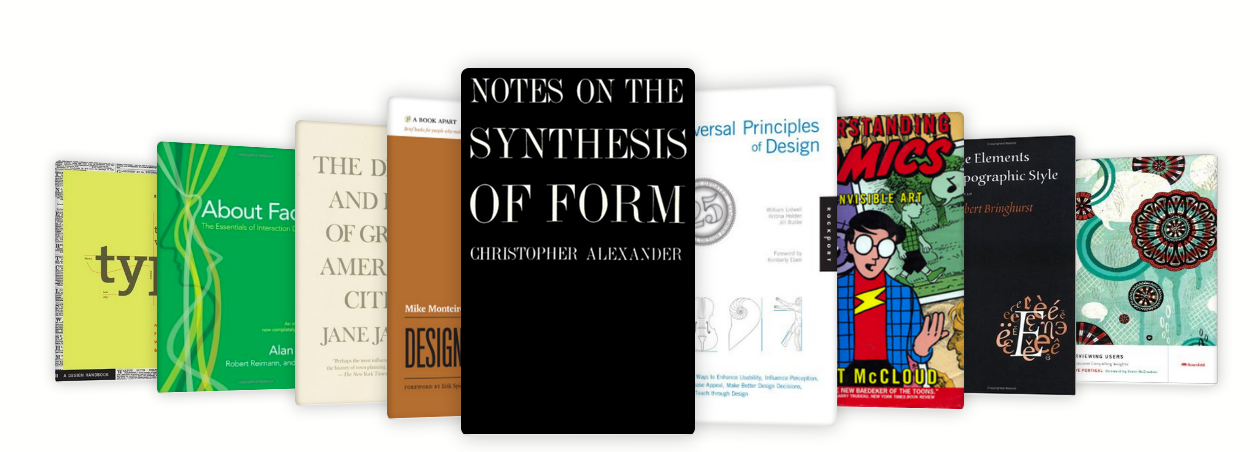The outcome of a successful relationship between a Product Manager and an Engineering Manager is a motivated team shipping a valuable product. Success demands the two work in concert. Insipid problems don’t inspire talented teams, and unqualified teams don’t ship valuable products. There is also a healthy tension between the two roles. Focus on product alone and you get burn out. Oversteer the other way and the product lacks direction.
The health of the relationship between a PM and EM can be evaluated through how well the team is able to:
Read more